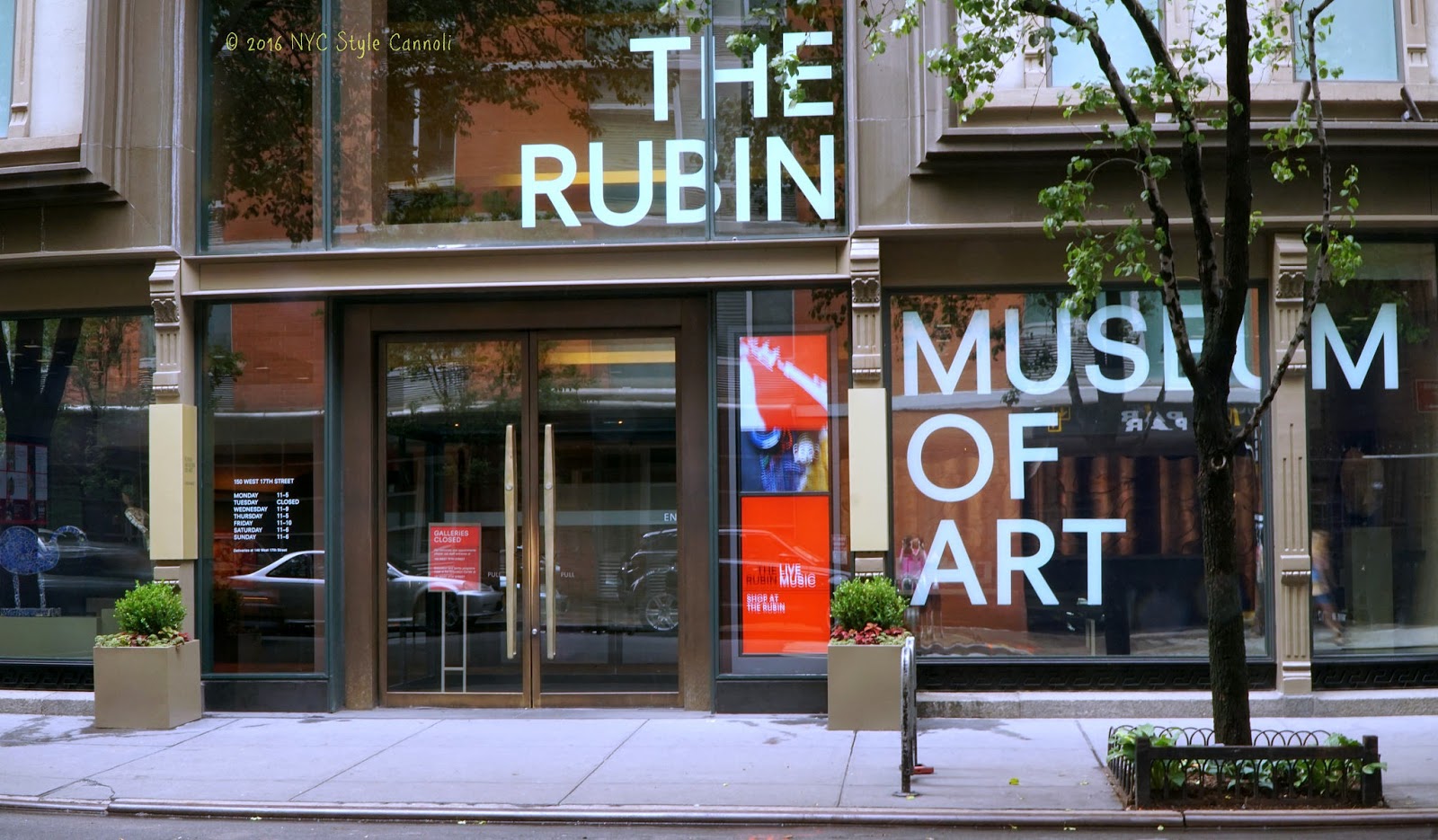
Steam Festival 2017
As a Macaulay student, one investigates the world around themselves by gaining insight through the: sciences, technology, engineering, maths, and the arts. Thus, we as students were given the opportunity to showcase our discoveries through the 2017 STEAM Festival.
To be quite frank, I dreaded the day of the festival, as among this event was a plethora of papers and exams to study for. So, the event itself seemed like it would be a waste of time, when measured up to the other tasks I had to complete.
However, I was rather pleasantly surprised. The festival was incredibly interesting, and was- as the name describes- a festival, for us students to display a portion of what we learned through the semester. It was intriguing to see the different approaches that the students from other Macaulay classes in Brooklyn College, as well as, the other colleges, took to presenting their projects. Some people made rather interesting displays, others videos, and poster boards. This was only the arts section however. As I ventured to the presentation boards of the science students, I was able to not only see what lays ahead of me as a Macaulay student, but also, the pressing issues or innovations that the upperclassmen discovered needed recognition or further research. I also, really enjoyed making the super cute buttons! 😉
If I had one criticism however, it would be that I would have liked the program to be a little more organized. It was a little hard to distinguish between the upperclassmen and the 1st year Macaulay students. Maybe if all the 1st years were on one floor and the upperclassmen on the other, it would have been a little better- in regards to the recognition of the sciences versus the arts. Also, I think that name tags, especially with the name of the student and their respective campus would have been a good idea, so that we could connect with one another a little better. Other than this, I thought that the STEAM Festival was a huge success, being its first year, and I certainly enjoyed it!




